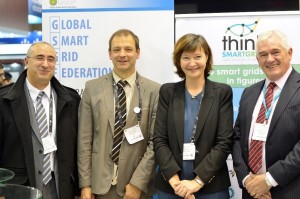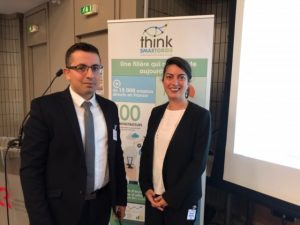Marc Petit, Professor at Centrale Supélec and member of the Scientific Council of Think Smartgrids, is the lead author of the GSEF report « Electromobility in smart grids: state of the art and challenging issues ». He discusses the challenges of electromobility in France and around the world.
[leap_gap height=”20px” ]

[leap_gap height=”20px” ]
Where does France stand today on these issues of electromobility and their integration into electricity grids?
Today, the active integration of electric vehicles into electric grids (notably through the use of their batteries) is no longer just a subject for laboratory or experimentation: these are technologies that are developing rapidly. France is contributing to this development, with stakeholders in electric networks and mobility present in France and abroad. These include PSA, Renault, Bouygues Energies & Services, Siemens, EDF and Engie, as well as collaborations with Enedis, such as the aVEnir project. The French Energy Regulatory Commission is also interested in the subject: it published in 2018 a report giving guidelines for electric mobility integration, some of which are intended to facilitate the connection of two-way terminals that would allow power to be injected from electric vehicles into the grid. Thus, we can see that the French sector is dynamic on these subjects, which no longer only brings together academic laboratories and startups, but also major players in the field.
What is the situation in other countries?
Some countries are currently in more advanced stages. This is the case of the United States, which is doing a lot of experimentation, with different types of fleets such as electric buses. We can talk about the NUVVE company, specialized in vehicle-to-grid (V2G), which is currently carrying out projects in Europe, notably through the creation of DREEV with EDF.
What are the challenges for players in the French ecosystem?
We can consider three of them. First, the problem of standardization. Secondly, we still need to define appropriate regulations to allow power to be injected into the network from electric vehicles. Finally, there is the problem of finding a good business model that will make equipment or infrastructure costs profitable: the organization of markets and network services must be compatible with V2G equipment and vehicles. More generally, this involves making the most of flexibility in electrical systems. These are issues that the players in the sector need to work on.
Watch the GSEF webinar with the presentation of the report: https://youtu.be/LDDqKWCHNOs



